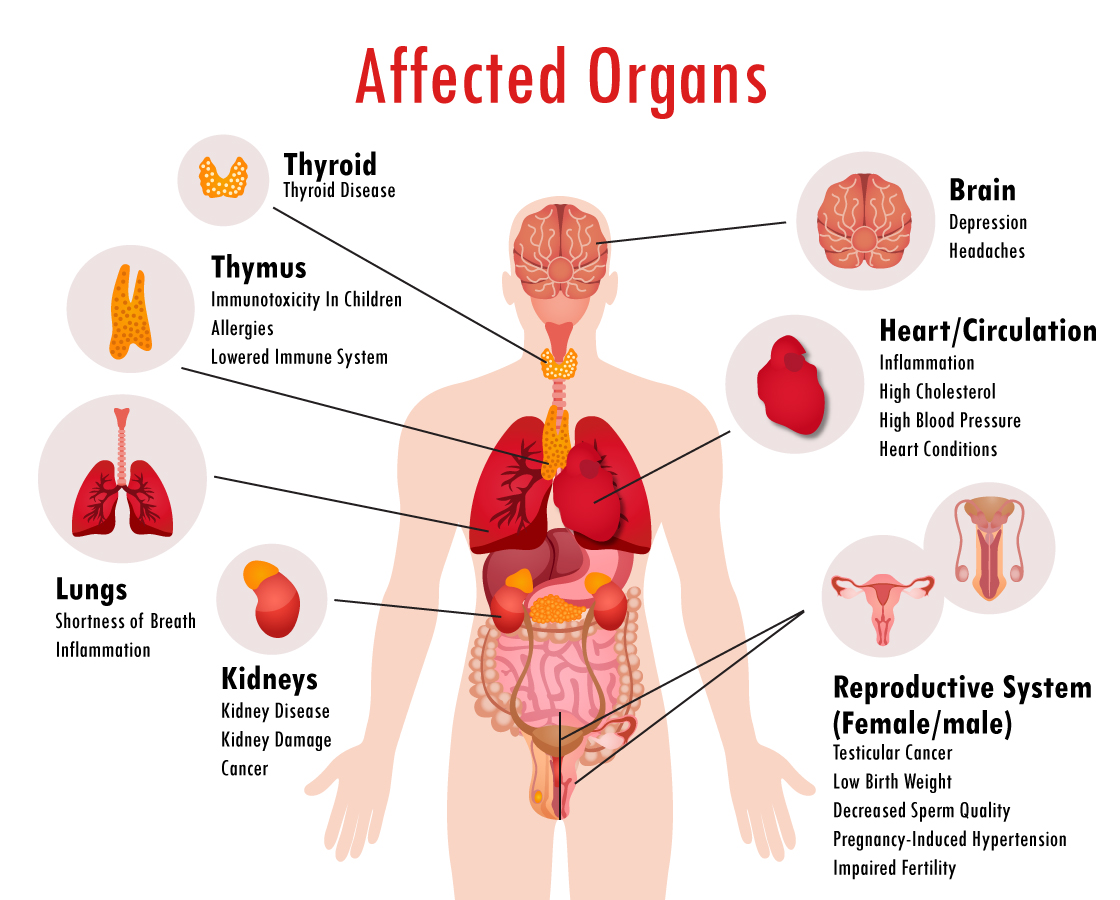In a recent study funded by the NIHR School for Public Health Research, researchers from Lancaster University, the London School of Hygiene and Tropical Medicine, the University of Liverpool, and Northumbria University have uncovered surprising trends in life expectancy (LE) within disadvantaged areas of England. Contrary to national averages and expectations, two case studies—one rural and one urban—showed greater gains in life expectancy than anticipated, sparking speculation among local residents and professionals about the underlying reasons.
The United Kingdom has long grappled with stark disparities in health outcomes between its most and least disadvantaged regions. Statistics reveal that individuals residing in the most disadvantaged areas face a nine-year gap in life expectancy compared to their counterparts in more affluent areas. Moreover, regions in the north of England consistently report lower life expectancy, higher infant mortality rates, and poorer overall health and wellbeing compared to national averages.
The study focused on trends in life expectancy following the implementation of austerity policies in 2010, during which time overall gains in life expectancy plateaued. Researchers selected two local authority areas—one rural in the Northwest and one urban in the Southeast—both situated in the bottom third of England’s most disadvantaged areas, with life expectancies below the national average of 79.6 years for men and 83.2 years for women.
Analysis of data provided by Public Health England and the Office for National Statistics revealed unexpected increases in life expectancy between 2010-2012 and 2015-2017. In both areas, male and female life expectancies rose by significant margins, surpassing projections based on social and economic disadvantage alone.
Interviews conducted with residents and professionals from these areas shed light on potential explanations for the unexpected gains. Population changes emerged as a key factor, with stakeholders highlighting shifts in demographics and housing dynamics. In the Northwest Area, reports suggested an influx of young families attracted by lower housing costs and town center improvements. Conversely, the Southeast Area witnessed a migration of young professionals drawn to the evolving job market and improved infrastructure.
Dr. Rebecca Mead, lead author of the study and Research Fellow at Lancaster University, emphasized the significance of population changes and austerity policies in shaping health outcomes. She noted the implications for existing populations, cautioning against unintended consequences such as rising housing prices and displacement.
Professor Matt Egan from the London School of Hygiene and Tropical Medicine underscored the challenges faced by local authorities in addressing health inequalities amid varying resource levels. He emphasized the importance of considering external factors such as population change and austerity when designing public health interventions.
The findings of this study provide valuable insights into the complex interplay between socioeconomic factors, population dynamics, and health outcomes. As policymakers and public health officials navigate these complexities, understanding the nuanced drivers of health disparities is essential for crafting effective and equitable interventions.












